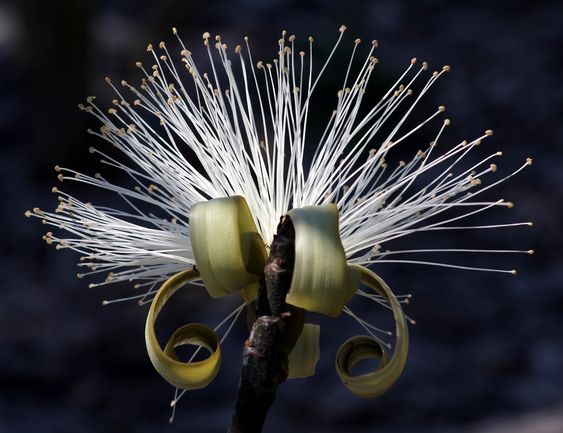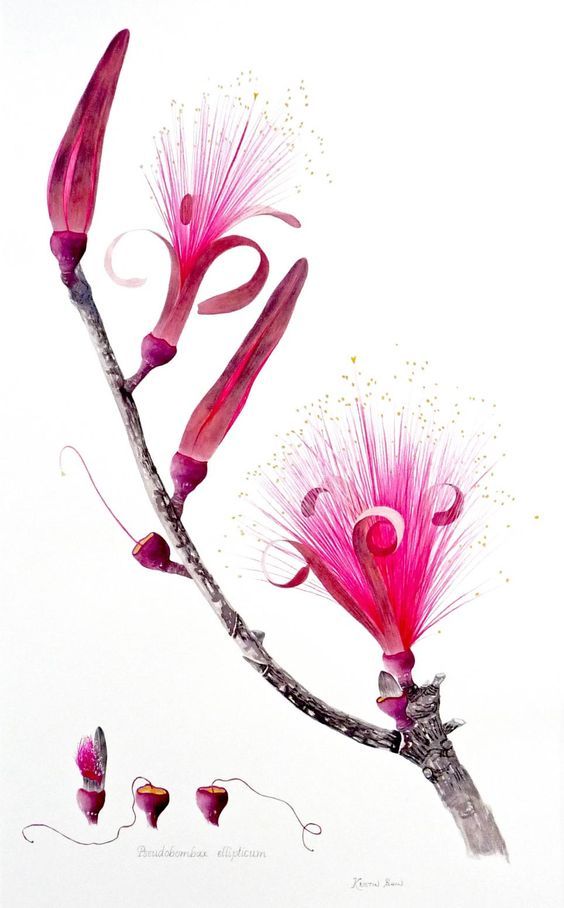'The Greatest Heist In History':
How Haiti Was Forced To Pay Reparations For Freedom
Planet Money October 5, 2021 🇭🇹 🇫🇷 🇺🇸
In recent weeks, thousands of refugees from Haiti have arrived at the
U.S.-Mexico border, desperate for a better life. Most left Haiti years
ago, after a 2010 earthquake ravaged what was already one of the most
dismal economies in the world. They had originally settled in places like Chile, but the politics of the region have made them feel unwelcome, discriminated against, and fearful of the future.
The
Haitian refugees hoped the United States, under President Biden, would
offer them a lifeline. They were wrong. The Biden administration has
been sending thousands
back to Haiti, even though Haiti is a disaster zone, and many of the
refugees fled it years ago. Some of those the U.S. government forcibly
sent to Haiti are kids who have never lived there.
Ambassador
Daniel Foote, who was appointed by President Biden as the U.S. special
envoy to Haiti in July, resigned in protest against his administration's
policy. "I will not be associated with the United States' inhumane,
counterproductive decision to deport thousands of Haitian refugees,"
Foote wrote in his resignation letter.
The Haiti that refugees are being sent back to is a nation in crisis.
With its unlucky coordinates on the map and its poor infrastructure,
Haiti has been devastated by multiple hurricanes and earthquakes in
recent years, including a 7.2 magnitude earthquake in August. In July, Haiti's president, Jovenel Moïse, was assassinated by Colombian mercenaries, some of whom had received U.S. military training. A Florida-based security company reportedly
connected whoever wanted Moïse killed with the mercenaries, but the
details of why Moïse was killed and who directed the mercenaries are
still murky.
What is clear, however, is that Moïse's assassination continues
Haiti's centuries-long political instability. In 2015, the World Bank
concluded that Haiti's biggest political problem is that "a social
contract is missing between the state and its citizens." Ambassador
Foote, in his resignation letter, blasted the United States and other
nations for contributing to this problem for the umpteenth time by
unabashedly backing Moïse's unelected replacement, Ariel Henry. Henry
was appointed Prime Minister by Moïse in July, and took on the
additional role of President after Moïse's assassination. Haiti's chief
prosecutor said he found evidence linking Henry to the president's killing, and Henry promptly fired him. Some Haitian authorities have asked Henry to step down
and pleaded with the international community to stop supporting him.
"This cycle of international political interventions in Haiti has
consistently produced catastrophic results," Foote wrote.
Haiti is one of the poorest nations
in the world, and rich countries have their fingerprints all over the
nation's stunted development. The United States worked to isolate a
newly independent Haiti during the early 19th century and violently occupied
the island nation for 19 years in the early 20th century. While the
U.S. officially left Haiti in 1934, it continued to control Haiti's
public finances until 1947, siphoning away around 40% of Haiti's national income to service debt repayments to the U.S. and France.
Much of this debt to France was the legacy of what the University of
Virginia scholar Marlene Daut calls "the greatest heist in history":
surrounded by French gunboats, a newly independent Haiti was forced to
pay its slaveholders reparations. You read that correctly. It was the
former slaves of Haiti, not the French slaveholders,
who were forced to pay reparations. Haitians compensated their
oppressors and their oppressors' descendants for the privilege of being
free. It took Haiti more than a century to pay the reparation debts off.
The Tragic Hope of Revolutionary Haiti
Haiti
won its independence from France in 1804, and it was almost immediately
made a pariah state by world powers. It was an independent, black-led
nation — created by slaves who had cast aside their chains and fought
their oppressors for their freedom — during a time when white-led
nations were enforcing brutal, racist systems of exploitation around the
world.
Haiti, then known as Saint-Domingue, had been the crown jewel of the French empire. It was the most lucrative colony
in the whole world. French planters forced African slaves to produce
sugar, coffee, and other cash crops for the global market. The system
seemed to work well. That is, until the French and American revolutions
helped to inspire, in 1791, what became the world's largest and most
successful slave revolt. Against all odds, the slaves won. Former slaves
sent slaveholders scurrying to France and America — and Haitians
successfully fought back subsequent efforts to re-enslave them. Haiti
was the first nation to permanently ban slavery.
But as a nation of freed black slaves, Haiti was a threat to the existing world order. President Thomas Jefferson worked to isolate
Haiti diplomatically and strangle it economically, fearing that the
success of Haiti would inspire slave revolts back home. With the
invention and spread of the cotton gin, slavery was becoming much more lucrative
at the very same time a free Haiti was coming into existence, and
slaveholders in the United States and other countries clung to and
expanded the inhumane means of production. Haitian success was perceived
as a threat to this system for decades, and the United States didn't
officially recognize Haiti until 1862, as slavery began being abolished.
[Editor's note: This is an excerpt of Planet Money's newsletter. You can sign up here.]
During
Haiti's critical period of development, France intervened even more
directly than the U.S. to thwart its success. In July 1825, the French
King, Charles X, sent an armed flotilla of warships to Haiti with the
message that the young nation would have to pay France 150 million
francs to secure its independence, or suffer the consequences. That sum
was 10 times the amount the United States had paid France in the Louisiana Purchase, which had doubled the size of the U.S.
Almost
literally at gunpoint, Haiti caved to France's demands in order to
secure its independence. The amount was too much for the young nation to
pay outright, and so it had to take out loans with hefty interest rates
from a French bank. Over the next century, Haiti paid French
slaveholders and their descendants the equivalent of between $20 and $30 billion in today's dollars. It took Haiti 122 years to pay it off. Professor Marlene Daut writes it "severely damaged the newly independent country's ability to prosper."
Righting The Wrongs
After the 2010 earthquake completely devastated Haiti, scholars and journalists wrote a letter to the French president demanding that France pay back Haiti. The French economist Thomas Piketty resurrected the idea in 2020, arguing that France owes Haiti at least $28 billion. The French government, under multiple presidents, has balked at the idea, and it is unlikely to pay Haiti back anytime soon.
But
if the rich world wants to help right the wrongs done to Haiti in the
past, perhaps the most effective policy right now would be to accept
more Haitian refugees. This wouldn't only be a humane policy that would
improve their and their future families' lives. It would also likely be a
boost to the Haitian economy. According to the World Bank, Haitian
expatriates sent $3 billion in remittances back home to Haiti in 2018, which was almost one-third of the island nation's entire GDP.
Did you enjoy this newsletter segment? Well, it looks even better in your inbox! You can sign up here.
🇭🇹 🇫🇷 🇺🇸
🇭🇹 🇫🇷 🇺🇸



















